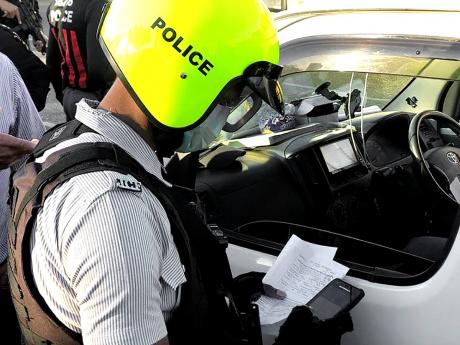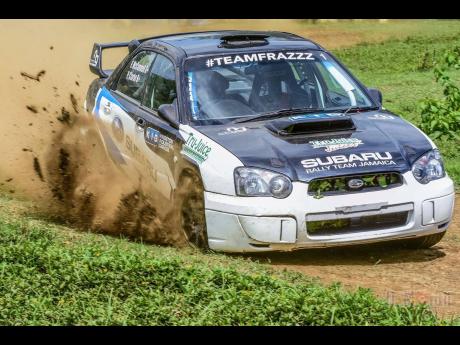Control your speed ... save your life
Speed kills despite the thrill it carries. An erratic pace, punctuated by bursts of great speeds and inconsiderate creeping can be dangerous. The greater the speed, the greater the impact. The advanced driver-training course clearly states that speed is relative, and what might be thought of as a crawling pace, might be a dangerous speed in a congested built-up area. Safe speeds depend upon the degree of skill and concentration achieved by the driver and the mechanical condition of the motor vehicle.
Finding a comfortable speed within the legal speed limit should be the first duty of the driver when he begins a highway trip. It is best to stay within the speed limit as the mental strain and distraction on the driver, who is travelling above the legal speed, can greatly increase the danger of an accident. Therefore, a driver barrelling along faster than he legally should causes his concentration on the road to be considerably reduced. “It is essential in defensive driving to use certain speed-control guidelines,” advised Norris Christian, a Gryphon-certified driver trainer. “Start slowly, increase speed slowly, keep a steady speed on open roads, then slow down smoothly,” he adds.
For speed control:
Press the gas pedal lightly.
Starting up slowly gives other drivers and pedestrians an opportunity to see what a driver is doing. In fact, they can therefore judge how to react.
A driver may ask, “How can I know when I have reached the speed I want?” It is best to glance quickly at the speedometer. Try to keep a steady, even pressure on the gas pedal. “With practice, a driver will be able to judge the correct pressure for any speed, and when you keep your speed steady, you can help drivers to adjust their speed to yours,” Christian pointed out.
There is really no simple way to tell a driver exactly how long it will take you to stop at a certain speed.
A driver’s stopping distance depends on:
• The state of the weather: in terms of visibility, high winds and rain.
• The state of the roads: its structure, texture, and surface condition.
• The driver’s reaction time: “This is the time required for the brain to register the need to take action and to convey its command to the hand or foot,” said Dr Andrew Burton. “It must be noted that it varies with an individual’s physical capabilities, state of health and mind and consequently, degree of concentration.”
• The condition and weight of the vehicle.
• The condition of the brakes.
A defensive driver will take these factors into consideration, whether day or night, and adjust his or her speeds as the situation requires.
An extra word of caution to all drivers:
Never drive at a speed that will prevent you from stopping well within your range of vision. Be mindful of unlit roads and oncoming vehicles, especially at nights.



